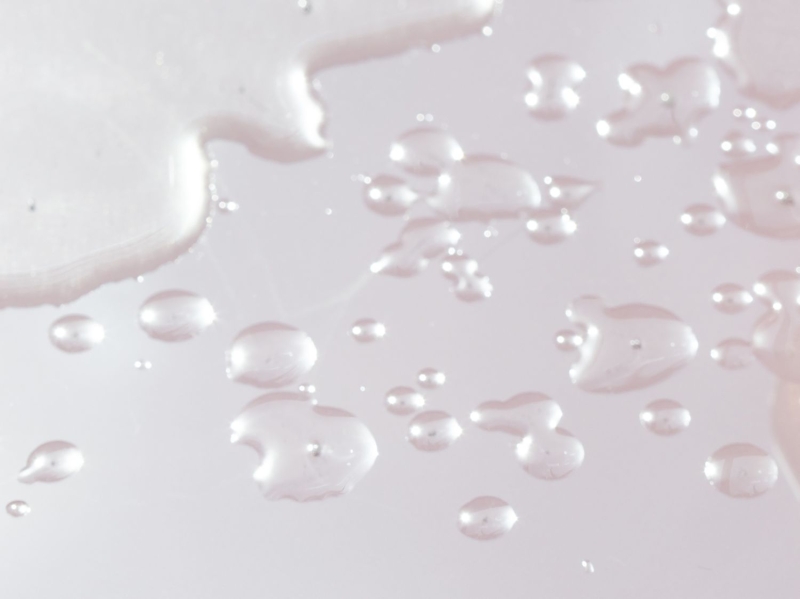Close

Essences vs. Serums vs. Toners The Final Takeaway Frequently Asked Questions
Whenever there is something new in skincare—be it unique products or a cutting-edge beauty treatment—chances are we’ll find it originated from the Korean beauty scene. The country has claimed so many firsts in the skincare industry, so it comes as no surprise that we have K-beauty to thank for the surge of skin (aka facial) essences cropping up in our bathroom cabinets.
But what exactly do skin essences do, and is it worth using? We spoke to board-certified dermatologists Brendan Camp, MD, and Rachel Nazarian, MD, as well as Megan Felton, the co-founder of skincare consultancy firm Lionne, to find out what a skin essence really is and whether it deserves a place in your routine.
Keep reading for everything you need to know about skin essences, including benefits and how to best apply.
What Is a Skin Essence?
An essence is "a skincare product that is water-based, often in solution or liquid form, meant to be sprayed or applied on the skin directly after cleansing," says Nazarian.
Camps adds that an essence "fortifies the skin with hydration or active ingredients that help target a specific skin concern." Some common ingredients found in skin essences include:
- Hydrators: Such as hyaluronic acid
- Antioxidants: Like niacinamide and vitamin C, which “neutralize free-radical damage and decrease inflammation,” says Nazarian
- Probiotics and prebiotics: Such as lactobacillus, which Nizarian says are “super trendy these days as we learn more about the importance of a healthy skin microbiome.”
- Exfoliants: Such as salicylic acid, which help “improve skin texture and reduce the appearance of fine lines,” says Camp
Benefits of a Skin Essence
There are numerous benefits that skin essences offer, including:
- Hydrates skin: “Many skin essences can help to add in an extra layer of hydration for dehydrated skin and are great for priming the face for makeup,” says Felton.
- Soothes irritation: Skin essences can help reduce redness and irritation. They are usually comprised of products that help calm and soothe the skin, such as chamomile and aloe.
- Absorbs into the skin: According to Felton, an essence often has similar benefits to a serum, meaning it will have a lower molecular weight than a moisturizer and will, therefore, penetrate the skin more deeply.
- Brightening: According to Camp, a skin essence can also help brighten the skin, thanks to glycolic acid, a main ingredient in most essences. He recommends Caudalie’s Vinoperfect Brightening Glycolic Essence. “This essence contains antioxidant-rich grape water and gently exfoliating glycolic acid, which helps reduce the appearance of sunspots and eliminate dead skin cells,” he says.
How to Apply a Skin Essence
Essences are pressed into the skin after cleansing and should be treated like serums when applied. Water-based (thinner) essences should be applied first, then work your way up to thicker products like moisturizers and SPF.
Potential Side Effects
Both derms agree that essences are typically well-tolerated by all skin types. According to Nazarian, essences come with very few side effects—unless the active ingredients are naturally somewhat irritating, such as an exfoliating acid like glycolic acid or retinol. “[The] risk of irritability increases when used in this form as it is being applied directly to cleansed skin in a way that increases penetration,” she explains.
As always, allergies to any ingredient are a possibility, so read the label carefully when selecting beauty products.
Skin Essences vs. Serums vs. Toners
A skin essence is neither a toner nor a serum, but there are similarities between the three. “Essences tend to be lightweight products that contain hydrating or anti-aging ingredients, albeit usually at a lower concentration than a serum. They are meant to add additional benefits to the skin,” says Camp.
Toners, which also have the consistency of water, contain "astringent properties to tone and clean more thoroughly and remove additional oil and dirt," says Nazarian. These properties balance the skin's pH, leaving it brighter.
Serums, according to Camp, are used to target a specific concern and deliver a high concentration of an active ingredient to address it. Nazarian adds that they are similar in that they “offer more potent concentrations and delivery of ingredients, but have less water content than an essence or toner.” Therefore, serums are applied after essences and toners in your skincare regimen.
The Final Takeaway
While skin essences have their benefits, ultimately, adding one to your routine is entirely up to you and what you're willing to invest in skincare—in terms of time and money. "While the addition of a skin essence (for me personally) isn't an essential step in a skincare regime, it certainly can be a bonus," says Felton.
"Since essences are water-based, they can enhance the penetration of the ingredients that follow in your skincare regimen," says Nazarian. "Their ingredients vary depending on the skin concern targeted: hydration, irritation/inflammation, anti-aging, pigment, etc." So, ultimately, while a skin essence is a nice addition to your skincare routine, it's not as crucial as your moisturizer.
FAQ
- What kinds of skin essences are there?
Hydrating skin essences work well for dehydrated skin types, and brightening essences can perk up tired, dull skin.
- Do I need to use a skin essence?
Essences can be great additions to skincare routines when used for specific reasons, such as to target dry skin or anti-aging concerns. Otherwise, they may not be a necessary additional step in your skincare routine.
